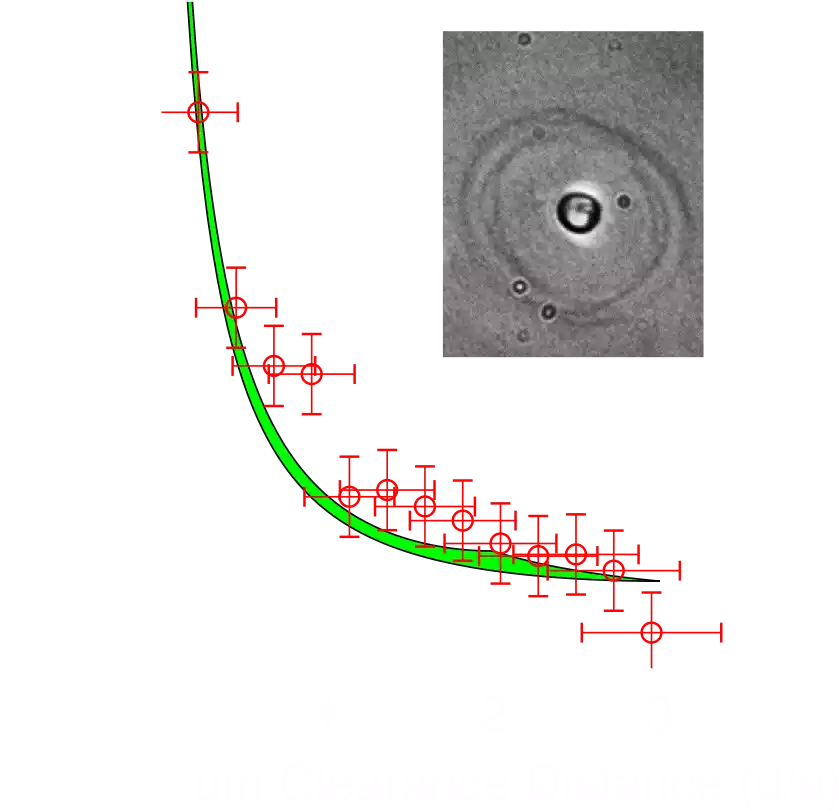
Data scientist & Developer
AI & Simulation
Artificial Intelligence
- - Machine learning
- - Deep learning
- - Reinforcement learning
- - Dimensionality reduction
Algorithmic Design
- - Neural network architecture
- - Q-Learning
- - Dynamic programming
- - Numerical methods
Scientific Computing
- - MATLAB
- - Finite element method
- - Finite difference method
- - Discrete event simulation
Data Analytics
- - Python, R, SQL
- - PyTorch
- - pandas
- - Matplotlib
Sample Projects
Rare-Event Simulation via Generative Models
During my time with ACEMS I worked with other researchers on developing deep learning analogues to the Cross-entropy method for rare-event simulation. Our goal was to build a neural network framework for the simulation of independent random variables that could mimic arbitrary distributions, especially ones conditioned on rare events. The initial framework we developed included two neural networks that were trained simultaneously using a target function. One was a generative model and the other estimated the probability density function of the first. We later refined the framework to use a single Normalizing Flow generative model, which could, in principle, approximate any sampling distribution arbitrarily well. The figures below show the model learning to approximate the target distribution of a truncated normal distribution.




Control Optimisation with Q-Learning and the Whittle Index
During my time as a postdoctoral research fellow at UQ I worked with Peter Jacko and Yoni Nazarathy to develop a method built on an understanding of both the Whittle index and Q-learning for learning index rules for multi-armed bandits, restless bandits, and dynamic resource allocation. Our approach seemed to be able to deliver similar or better performance than other state-of-the-art methods but was potentially applicable to a much broader and more general set of problems. Below is a recording of a presentation I gave at the EAI VALUETOOLS 2021 conference.
Modelling and Forecasting Environmental Changes
During my time with CARM we worked on a project to model environmental changes and effects on wild-caught species in Queensland. My main contribution was to model and forecast variables that had been correlated to the abundance of wild-caught species like sea surface temperatures. Below is an example where I modelled and forecasted sea level changes in a specific Queensland region using a combined linear and trigonometric model with autoregressive residuals. It predicts a trend of about 2.8cm sea level rise per decade.
Links

Categorical Vector Clustering using Denoising Autoencoders
For my Master of Data Science capstone project in 2020 I developed a denoising autoencoder neural network model that could be trained on sparse datasets of votes to automatically classify voters and items into latent classes and then predict missing votes using these classifications. The autoencoder classifies voters or items completely unsupervised. The model correctly predicted missing votes made in the U.S. House of Representatives from 1990 to May 2020 with 92.6% accuracy. Furthermore, some of the learnt latent classes corresponded to interpretable categories, such as party affiliation, which could be identified with a 99.5% accuracy.

Optical Tweezers Microrheology
Light carries momentum, and when a laser is tightly focused under a microscope, it can exert forces on microscopic objects. This is the principle behind optical tweezers, a powerful tool for manipulating very small particles. During my undergraduate and PhD studies I worked with the Optical Micro-manipulation Group at The University of Queensland to research and develop novel techniques to apply optical tweezers to the field of microrheology, measuring viscoelastic properties of fluids in very small volumes by tracking the motion of trapped particles.
Wall Effects on Optically Trapped Spheres
Optical tweezers are often used to manipulate spheres that are close to boundaries. During my PhD with the Optical Micro-manipulation Group at The University of Queensland I researched a range of analytical and numerical techniques for calculating how these nearby boundaries affect the dynamics of the trapped spheres. For example, the figure on the right illustrates how the viscous forces on a trapped spinning particle inside an artificial vesicle depend on how far it is from the boundary. The red circles show the wall effects measured by my colleague, and the green region shows the theoretically computed values.
